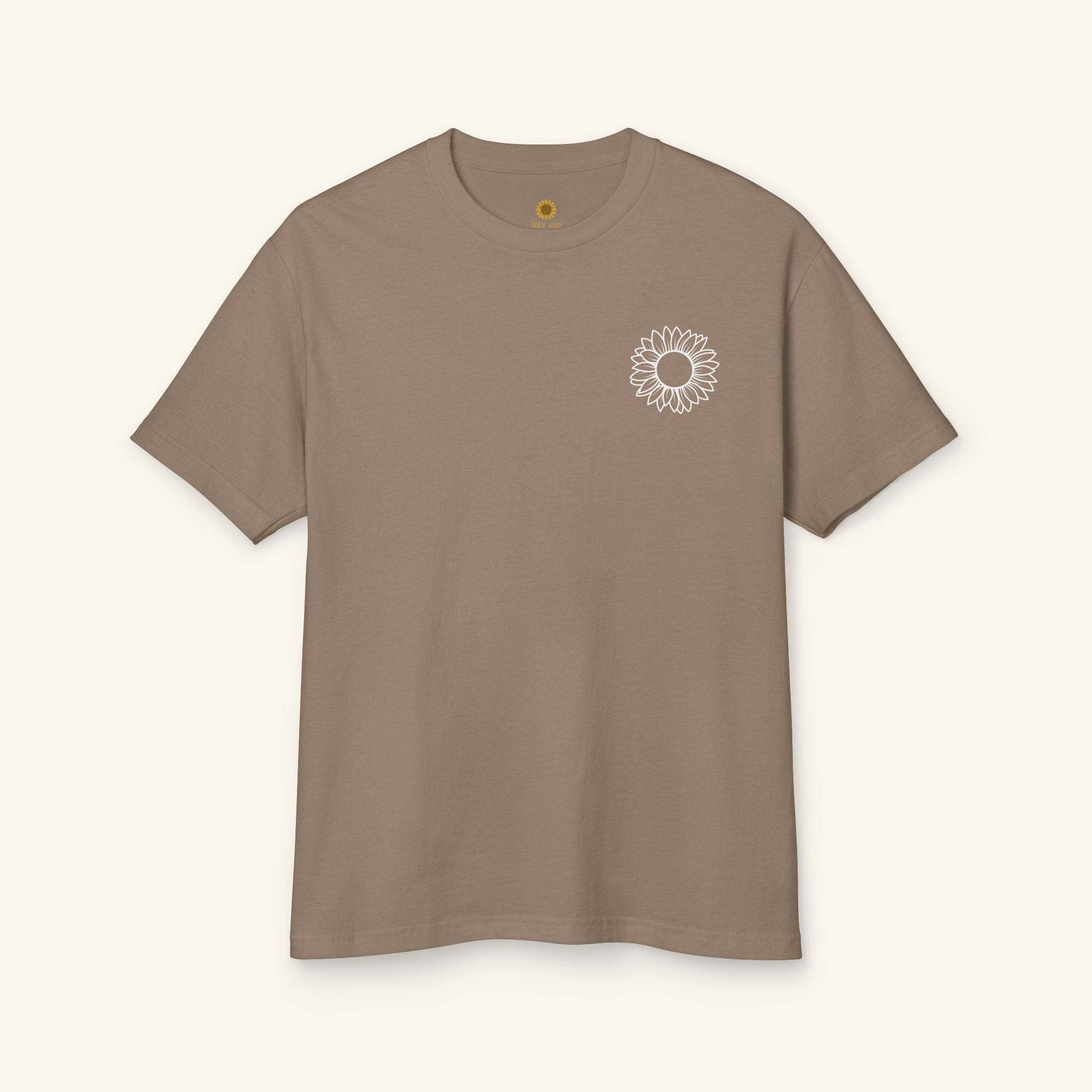Vocal Stimming: What It is, Causes & How to Support

Written by the HeyASD Editorial Team
As humans, we engage in various behaviors that help us regulate our emotions, calm ourselves, or simply bring us comfort.
For some individuals, these behaviors manifest as vocal stimming – repetitive vocalizations that are often misunderstood and stigmatized.
While there are many types of stimming, in this article, we will explore vocal stimming, its causes, and ways to support individuals who engage in this behavior.
What is Vocal Stimming?
Vocal stimming, also known as vocal self-stimulation, refers to repetitive vocalizations that individuals engage in to regulate their sensory or emotional experiences. Vocal stimming can manifest in various ways, examples include humming, making sounds, repeating words or phrases, or even screaming.
While vocal stimming is often associated with individuals on the autism spectrum, it can also be observed in individuals with other neurological or developmental conditions, such as Tourette's syndrome or anxiety disorders. However, it is important to note that not all individuals who engage in vocal stimming have a diagnosed condition – it can also be a self-soothing behavior.
The Function of Vocal Stimming
Vocal stimming serves various functions for individuals who engage in it. For some, it can be a way to regulate their sensory experiences, such as blocking out overwhelming sounds or providing a source of auditory stimulation. For others, it can be a way to self-soothe or cope with stress and anxiety.
It is important to recognize that vocal stimming is a natural behavior that serves a purpose for individuals who engage in it. As such, it should not be discouraged or punished, as this can cause additional stress and harm.
Supporting Individuals who Engage in Vocal Stimming
While vocal stimming is a natural behavior, it can also lead to stigma and misunderstanding from others who may not understand its purpose. Therefore, it is important to support individuals who engage in vocal stimming and create a safe and accepting environment for them.
Here are some ways to support individuals who engage in vocal stimming:
1. Normalize Vocal Stimming
The first step in supporting individuals who engage in vocal stimming is to normalize the behavior. Educate others about vocal stimming and its function, and challenge any negative attitudes or beliefs about it. By creating a culture of acceptance and understanding, individuals who engage in vocal stimming can feel more comfortable expressing themselves.
2. Respect Personal Boundaries
While vocal stimming is a natural behavior, it is still important to respect an individual's personal boundaries. Ask for their permission before engaging in physical touch or joining in on their vocal stimming, as this behavior can be private and personal.
3. Provide Alternative Outlets
While vocal stimming can be a helpful behavior, it is also important to provide alternative outlets for regulating sensory or emotional experiences. This can include providing sensory toys or tools, such as fidget spinners or weighted blankets, or encouraging alternative forms of self-expression, such as drawing or writing.
4. Seek Professional Support
If an individual's vocal stimming is causing distress or interfering with daily activities, it may be helpful to seek professional support. A therapist or other healthcare professional can provide strategies for managing vocal stimming and other related behaviors.
Join Hundreds of Autistic Adults Feeling
More Comfort in Their Own Skin
Use code WELCOME10 for 10% off your first order.
Start Your Comfort JourneyConclusion
Vocal stimming is a natural behavior that serves a purpose for individuals who engage in it. By normalizing vocal stimming, respecting personal boundaries, providing alternative outlets, and seeking professional support when necessary, we can create a safe and accepting environment for individuals who engage in this behavior.
FAQs
Is vocal stimming only observed in individuals on the autism spectrum?
No, vocal stimming can be observed in individuals with various neurological or developmental conditions, as well as in individuals who do not have a diagnosed condition.
Can vocal stimming be harmful to an individual's health?
No, vocal stimming is not harmful to an individual's physical health. However, if it is causing distress or interfering with daily activities, seeking professional support may be helpful.
How can I support a loved one who engages in vocal stimming?
Normalize the behavior, respect their personal boundaries, and provide alternative outlets for regulating sensory or emotional experiences. Seek professional support if necessary.
Is vocal stimming a sign of a developmental disorder?
While vocal stimming is often observed in individuals with developmental disorders, it is not necessarily a sign of a disorder. It can also be a self-soothing behavior.
How can I educate others about vocal stimming and its function?
Share articles, videos, or personal experiences with others. Challenge negative attitudes or beliefs and emphasize the importance of creating a safe and accepting environment for individuals who engage in vocal stimming.
On This Page
Frequently asked questions
What is vocal stimming and why do some people engage in it?
How can I better understand and support someone who uses vocal stimming to self-regulate?
What are some common stimming behaviors besides vocal stimming?
How can sensory-friendly living environments help reduce stress for individuals who stim vocally?
Are there autism support products, like calming blankets or sensory tools, that can complement vocal stimming?
How can I respectfully respond if I notice someone engaging in vocal stimming in public?
When should I consider seeking professional help for vocal stimming or other stimming behaviors?
What disability support strategies can families use to create a more accepting space for vocal stimming?
Can Autism-themed decor or comfortable clothing, like soft t-shirts, help create a supportive environment for someone who stims vocally?

About the HeyASD Editorial Team
Autistic‑owned • Values‑led • Sensory‑friendly design
We are autistic creators, writers, and advocates dedicated to producing resources that are practical, sensory-aware, and grounded in lived experience. Our mission is to make information and products that support the autistic community accessible to everyone, without jargon or condescension. Learn more about our team.
This article is written from lived autistic experience and an evidence-aware perspective. It is for general informational purposes only and should not be taken as medical, legal or therapeutic advice.
Always consult a qualified clinician or occupational therapist for individual needs and circumstances.

About Our Autism Blog
HeyASD isn’t just a store, it’s a calm, supportive space created by and for autistic adults. Our blog shares sensory-friendly tips, identity-affirming stories, and heartfelt resources for navigating life as an autistic person. Whether you're late-diagnosed, exploring your needs, or supporting someone you love, you're welcome here.
Thank you for reading. We hope these resources bring comfort and clarity.





































